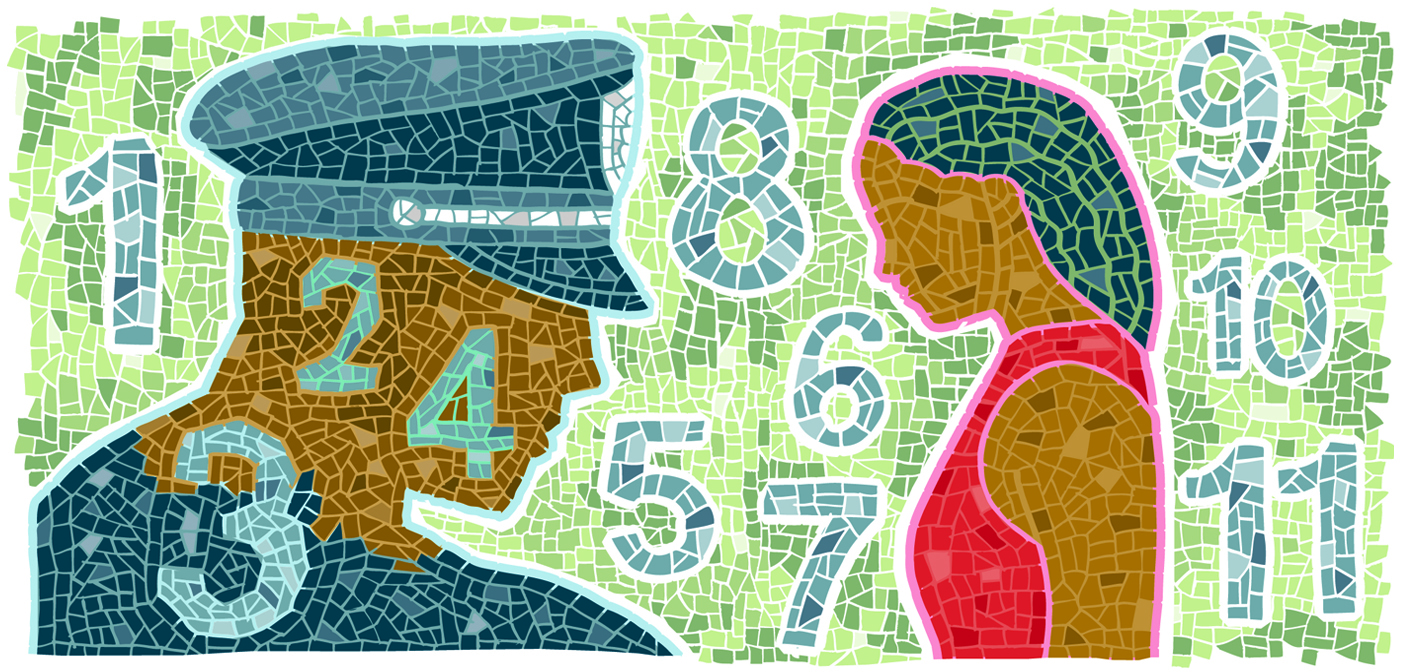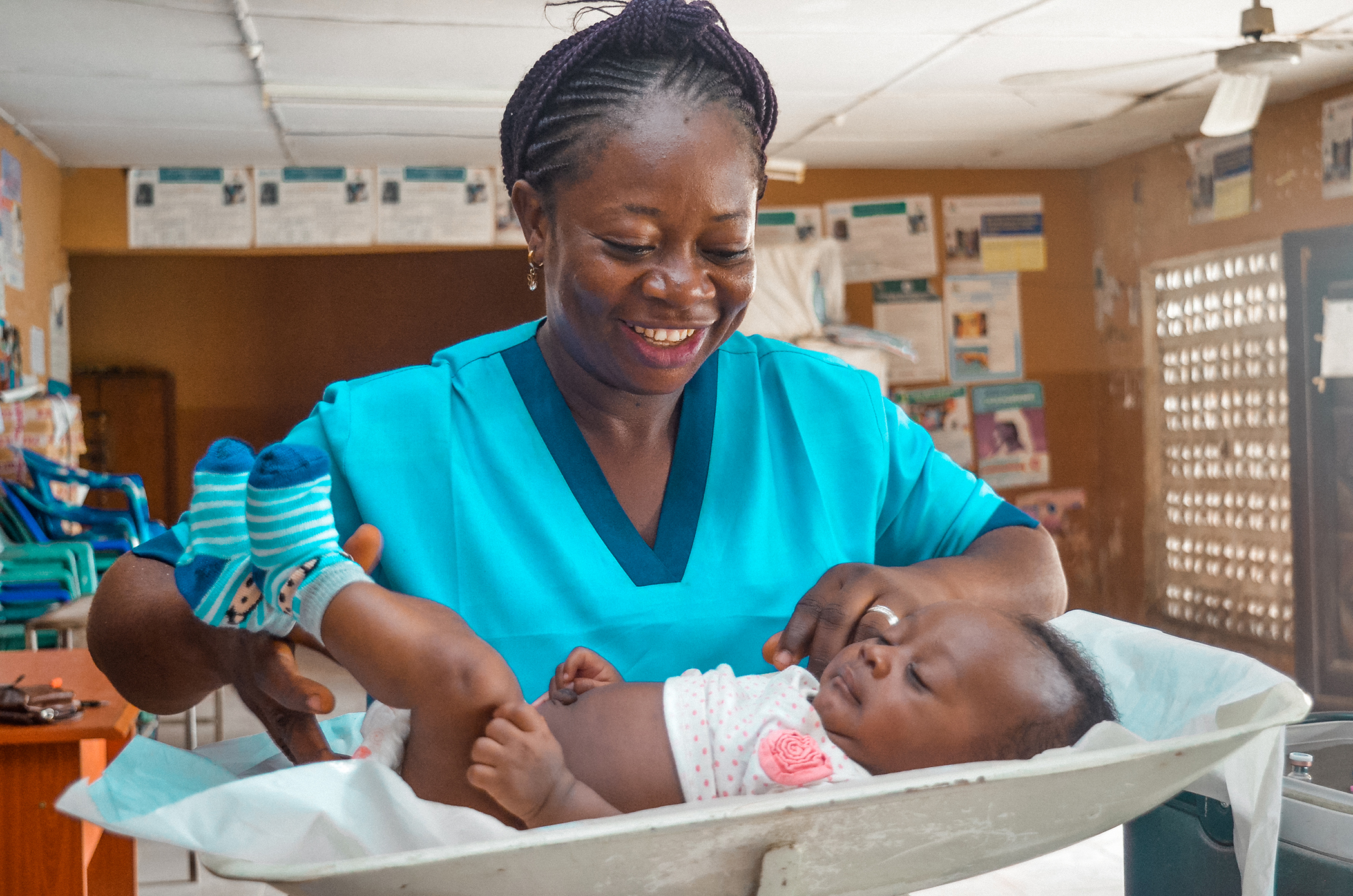WRITTEN BY STEVE ST. ANGELO | ILLUSTRATIONS BY ANDY SNAIR
“In the United States, 36.4 percent of women are victims of intimate partner violence (IPV) in their lifetime and 21.4 percent of women are severely physically abused by an intimate partner.”
“In the United States, 36.4 percent of women are victims of intimate partner violence (IPV) in their lifetime and 21.4 percent of women are severely physically abused by an intimate partner (Smith et al., 2018). Such victimization leads to myriad physical and mental health consequences and, in extreme cases, IPV leads to homicide.” In many of these cases of extreme abuse that may escalate to homicide, it is a police officer called to the scene who has the opportunity to interview the victim for signs of grave danger. The right questions and assessment tools are essential.
As they describe in the Oxford University Press article “Development and Testing of the Danger Assessment for Law Enforcement (DA-LE),” Professor Jacquelyn Campbell and colleagues used Campbell’s research-supported Danger Assessment to make it quicker and easier to ask the right questions and properly rate the answers. The DA-LE contains 11 questions: “(1) “Has the physical violence increased in severity or frequency over the past year?” (2) “Have you left him/her after living together in the past year?” (3) “Does he/she control most or all of your daily activities?” (4) “Has he/she tried to kill you?” (5) “Has he/she ever threatened to kill you?” (6) “Has he/she used a weapon against you or threatened you with a lethal weapon?” (7) “Has he/she ever tried to choke (strangle) you?” (8) “Has he/she choked (strangled) you multiple times?” (9) “Do you believe he/she is capable of killing you?” (10) “Does he/she own a gun?” and (11) “Has he/she ever threatened or tried to commit suicide?”
Each “yes” response is assigned one point, and the risk factors are added to create an overall score between 0 and 11. Domestic violence high risk teams (DVHRTs)—a team of social workers, police officers, prosecutors, parole and probation officers, and sometimes health care professionals—work together to address the most dangerous IPV cases referred to the team by using the DA-LE.
The researchers report that the 11-item DA-LE predicted near fatal violence at seven to eight months follow-up as well as the 20-item Danger Assessment (DA) does. However, the full DA with its calendar is the best way for domestic violence advocates and health care professionals to assess danger and do safety planning with women who are experiencing domestic violence.

 Psych PhD Candidate Guides Families Full Circle
Psych PhD Candidate Guides Families Full Circle Sea Change for DNP Student
Sea Change for DNP Student DAISY Awards Fall 2023
DAISY Awards Fall 2023 Nurse Edith Brings Primary Health Care to Everyone in Rural Nigeria
Nurse Edith Brings Primary Health Care to Everyone in Rural Nigeria Episode 31: From Erasure to Empowerment
Episode 31: From Erasure to Empowerment







